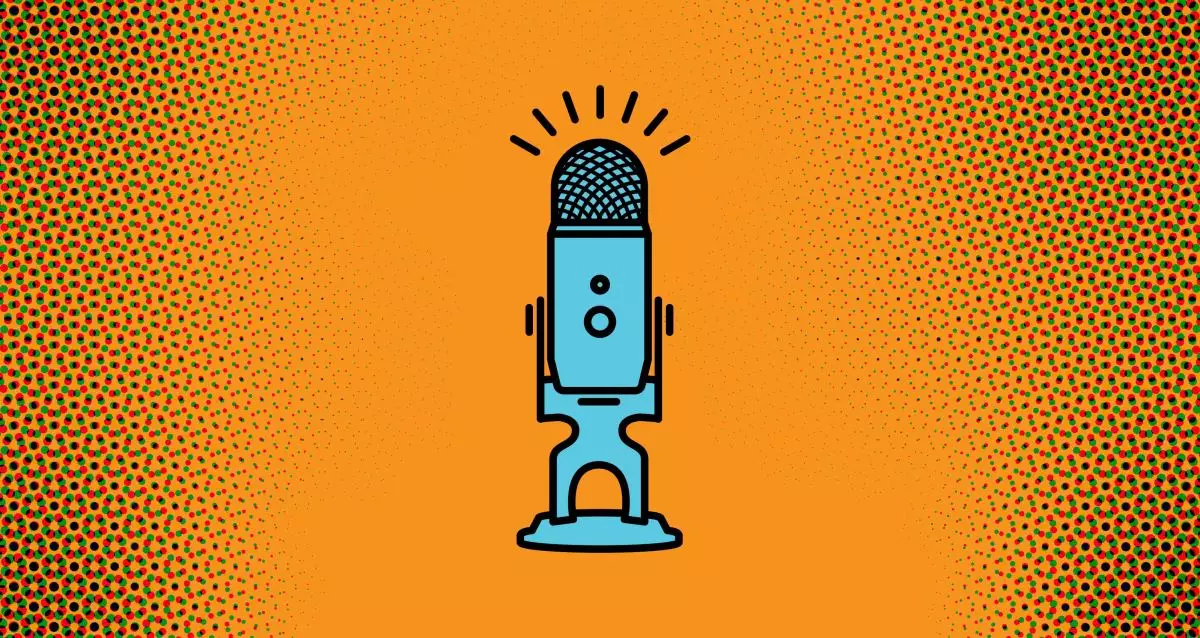In an age where voice technology is rapidly transforming the way humans interact with machines, Sesame’s recent unveiling of its CSM-1B model stands as a testament to the incredible advancements in artificial intelligence. With a staggering one billion parameters, this model serves as the backbone for Maya, a voice assistant noted for its astonishingly realistic interactions. The sheer size of CSM-1B reflects both the complexity and depth of contemporary AI technology, allowing for nuanced understanding and generation of spoken language. Its release under an Apache 2.0 license amplifies its potential, permitting commercial use with minimal restrictions, thus inviting a broad spectrum of applications.
But while the technical specifications of CSM-1B are impressive, the heart of this development lies in the model’s ability to transform text and audio inputs into RVQ audio codes. Residual vector quantization (RVQ) is a state-of-the-art encoding technique that allows the aggregation of audio into discrete tokens. This capability aligns CSM-1B with the forefront of AI audio technology, placing it alongside giants like Google’s SoundStream and Meta’s Encodec. However, merely being part of this illustrious lineage doesn’t automatically ensure protection against ethical pitfalls associated with voice technology.
The Dark Side of Voice Cloning
Despite its potential for greatness, the model raises significant concerns that merit scrutiny. Sesame’s lack of transparent data regarding the training corpus of CSM-1B leaves room for speculation about the ethical implications surrounding its usage. Without clearly defined safeguards, developers and users are left largely to their own devices, under an honor system that prohibits the use of the model in harmful ways. This situation echoes a growing concern in the AI and tech community: the risk of misuse in generating misleading content, committing identity fraud, or even propagating harmful ideologies.
During a trial of the demo on Hugging Face, I was able to clone my voice with alarming ease—taking less than a minute. The ease of generating speech on potentially divisive subjects underscored my unease about the ethical restraints, or lack thereof, that govern this technology. As Consumer Reports has cautioned, many existing voice cloning tools come with minimal safeguards, suggesting a worrying trend in the burgeoning voice AI market. Sesame’s unwritten guidelines seem inadequate in comparison to the potential for misuse.
Intuitive Voice Interaction: Blurring Human and Machine Borders
Yet, amid these concerns, there are aspects of CSM-1B and Maya that promise to revolutionize voice interaction. Developed by a team co-founded by tech visionary Brendan Iribe of Oculus fame, these models push the boundaries of what we’ve come to expect from traditional voice assistants. Maya doesn’t merely recite information; it breathes and exhibits minor disfluencies, evoking a human-like communication style that approaches the elusive “uncanny valley”. Such human-like interaction fosters a level of empathy and understanding that machines have historically lacked, making technology feel more accessible and relatable to users.
The implications of this breakthrough reach far beyond mere convenience. By enabling deeper emotional connections between users and technology, these voice assistants can become companions rather than just tools. This transformation hints at future applications in areas ranging from mental health support to personalized education, creating a truly dynamic environment for engagement.
Ambitious Visions and Diverse Applications
In addition to advancements in voice technology, Sesame’s aspirations extend into the realm of wearable tech, as evidenced by their prototypes of AI glasses. Designed for all-day use, these glasses not only embody the company’s ambitions for continuous interaction but also indicate the equilibrium between digital capability and everyday existence. Imagine a future where AI glasses powered by sophisticated models like CSM-1B provide instant access to information, health monitoring, and seamless communication—all integrated into daily life without cumbersome interference.
Investments from prominent firms like Andreessen Horowitz and Matrix Partners illuminate the growing interest and significance of Sesame’s innovations in the AI landscape. Yet as companies venture into this high-stakes territory, it becomes ever more crucial to address the ethical dilemmas that intertwine with technological evolution. The dream of creating smart, empathetic assistants should not overshadow the responsibility that comes with wielding such powerful tools.
In sum, while Sesame’s CSM-1B model foreshadows a bright future for voice technology, it also serves as a somber reminder of the ethical responsibilities tied to innovation. Thus, the conversation around AI and voice synthesization must evolve alongside the technology itself, ensuring that the real potential of these breakthroughs is realized without posing threats to societal integrity and trust.

